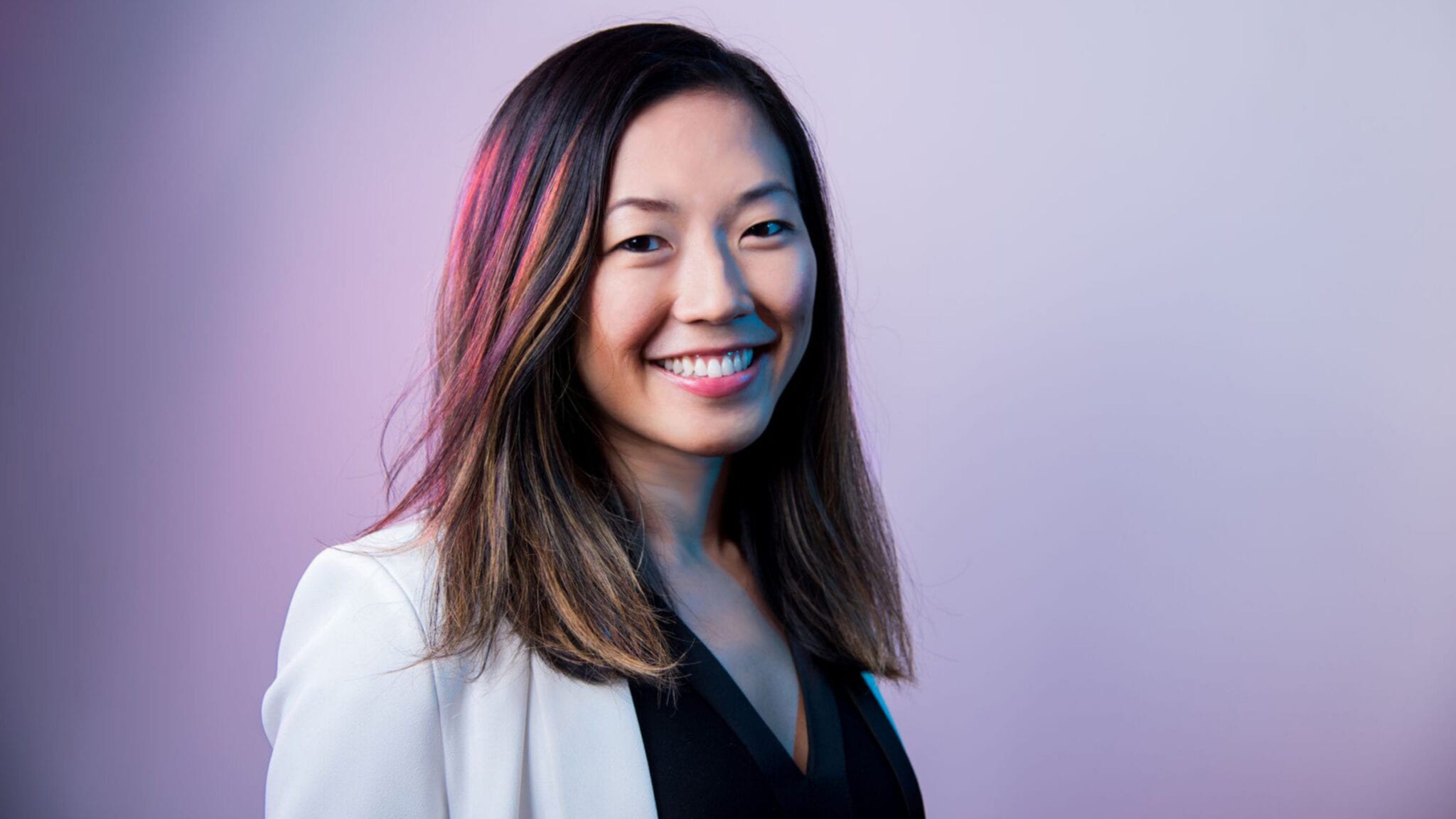
Alice Zhang (Verge Genomics)
Eli Lilly makes modest bet on 'all-in-human' discovery outfit for ALS drugs, deepening bid in precision neurology
For years, Big Pharma has retreated from neurology amid a series of high-profile failures in the big-ticket indications such as Alzheimer’s and ALS. But the …
Sign up to read this article for free.
Get free access to a limited number of articles, plus choose newsletters to get straight to your inbox.